[ad_1]
While our gardens are always changing, we certainly put a lot of pressure on our plants to perform and look good, particularly the perennials. The wide range of soils and weather in the Midwest is certainly a factor, as our plants continue to be exposed to challenging growing conditions. Experimentation is not unusual as we explore plants that are new to us, but having some go-to selections with a very high chance of success makes sense for our gratification (and our finances). While no plant is truly a “slam dunk,” I’ve run across some that have always done well for me and have proven themselves over many years in myriad garden situations. Below are eight such perennials for both sun and shade.
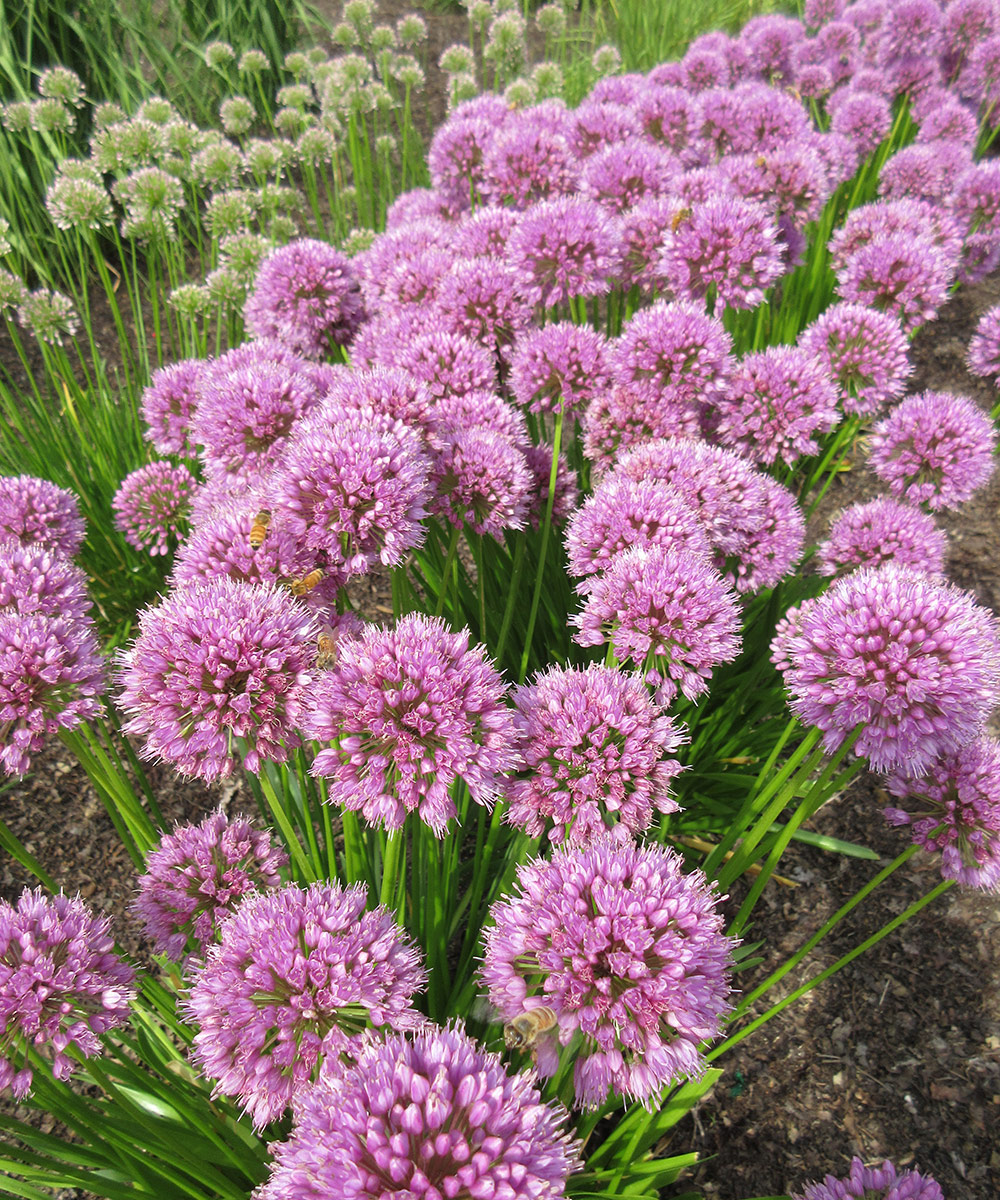
1. ‘Millenium’ allium is a tough summer-blooming perennial that is not troubled by deer
‘Millenium’ allium (Allium ‘Millenium’, Zones 4–8) is one of those perennials that I’ve never seen not looking spectacular. The clumping, upright, thick, and strappy foliage is always tidy. In summer, spherical 2-inch-round, rose-purple flower umbels hover on 12- to 18-inch-tall stems for many weeks. Bees and butterflies are abundant on this tough perennial, while deer and rabbits leave it alone. Adaptable to a wide range of soil conditions in full sun to partial shade, this hybrid allium or ornamental onion is a sure winner.
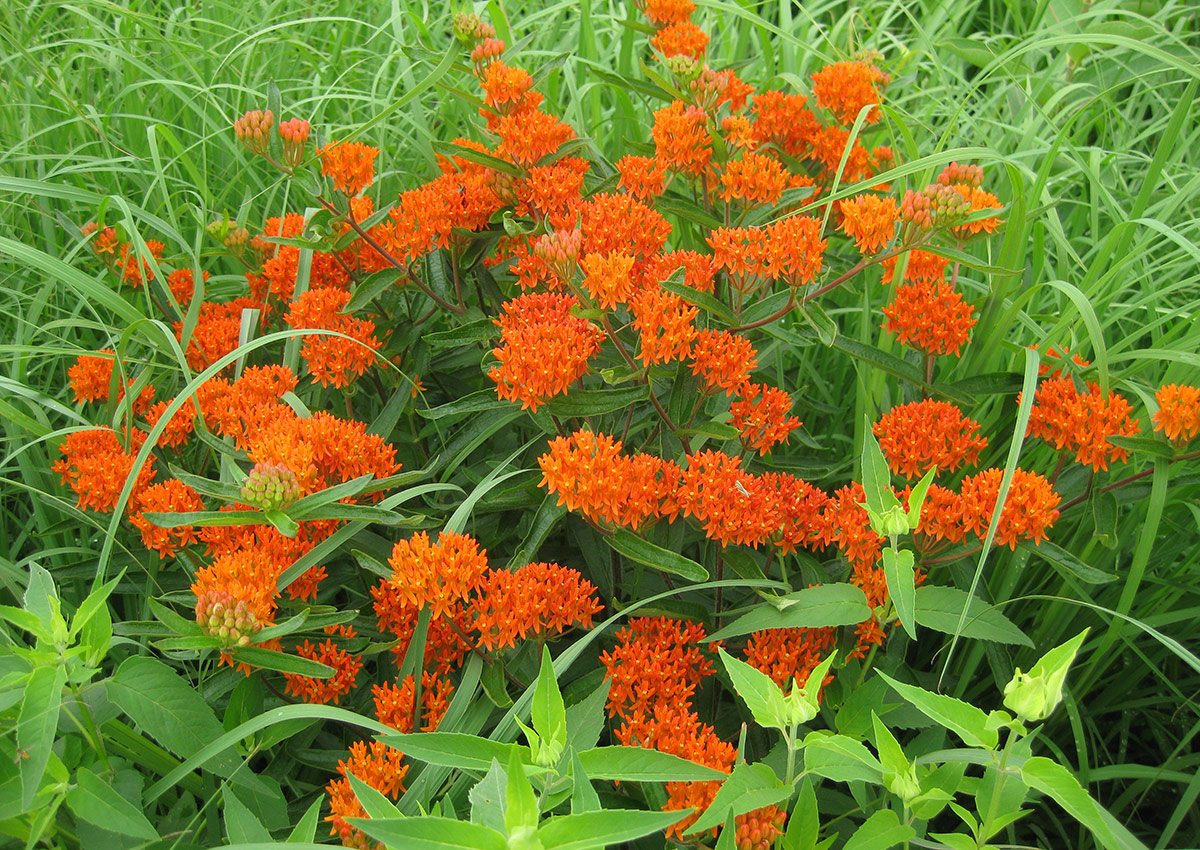
2. Butterfly weed packs a colorful, pollinator-friendly punch in summer
Butterfly weed (Asclepias tuberosa and cvs., Zones 3–9) features flat-topped clusters of bright orange flowers in summer that offer nectar for a wide range of pollinators. Once established, this 12- to 30-inch-tall tuberous perennial is an amazingly durable and long-lived garden plant. The flower color might vary between light orange and orange-red, and there are yellow selections too. The bloom time for this species is amazingly long, and you may see monarch caterpillars nibbling on the leaves (yay!). This native wants full sun and well-drained soil; avoid overly damp soil.
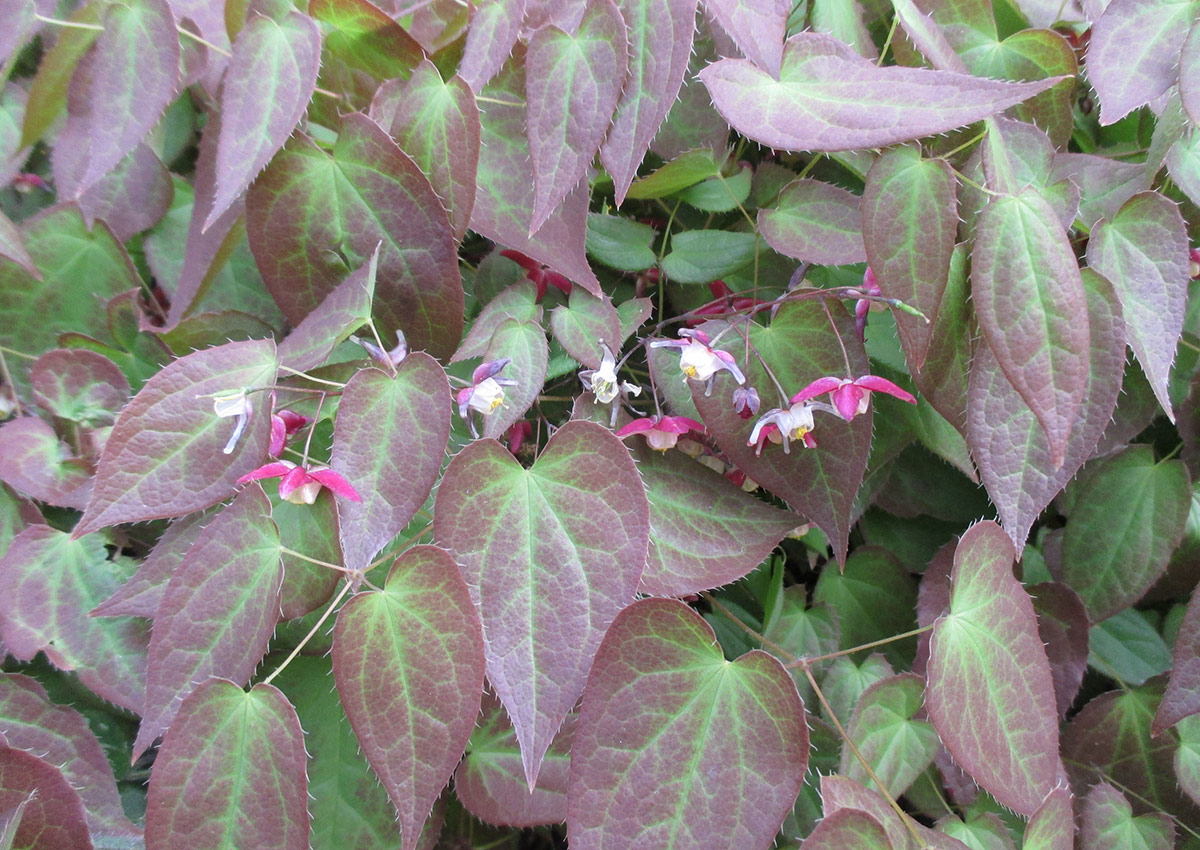
3. Red barrenwort is the perfect shade-loving ground cover for under trees
When I’m asked for perennial recommendations in shadier areas with lots of trees, I universally mention epimediums or barrenworts (Epimedium spp. and cvs., Zones 3–9). Red barrenwort (Epimedium × rubrum and cvs., Zones 5–9) is a tough, clump-forming hybrid (and easy to find) that doesn’t mind the shade and is drought tolerant once established. Red-tinted foliage in spring is topped by very ornate, rosy-red and snow-white flowers for a couple of weeks. That same foliage also gets a nice red fall color late in the season. Cut back the foliage in late winter. Also durable as a ground cover grouping growing to 12 to 15 inches tall, barrenworts in general are solid rock stars in the shade garden. Many selections are available, with foliage and flower color variations.
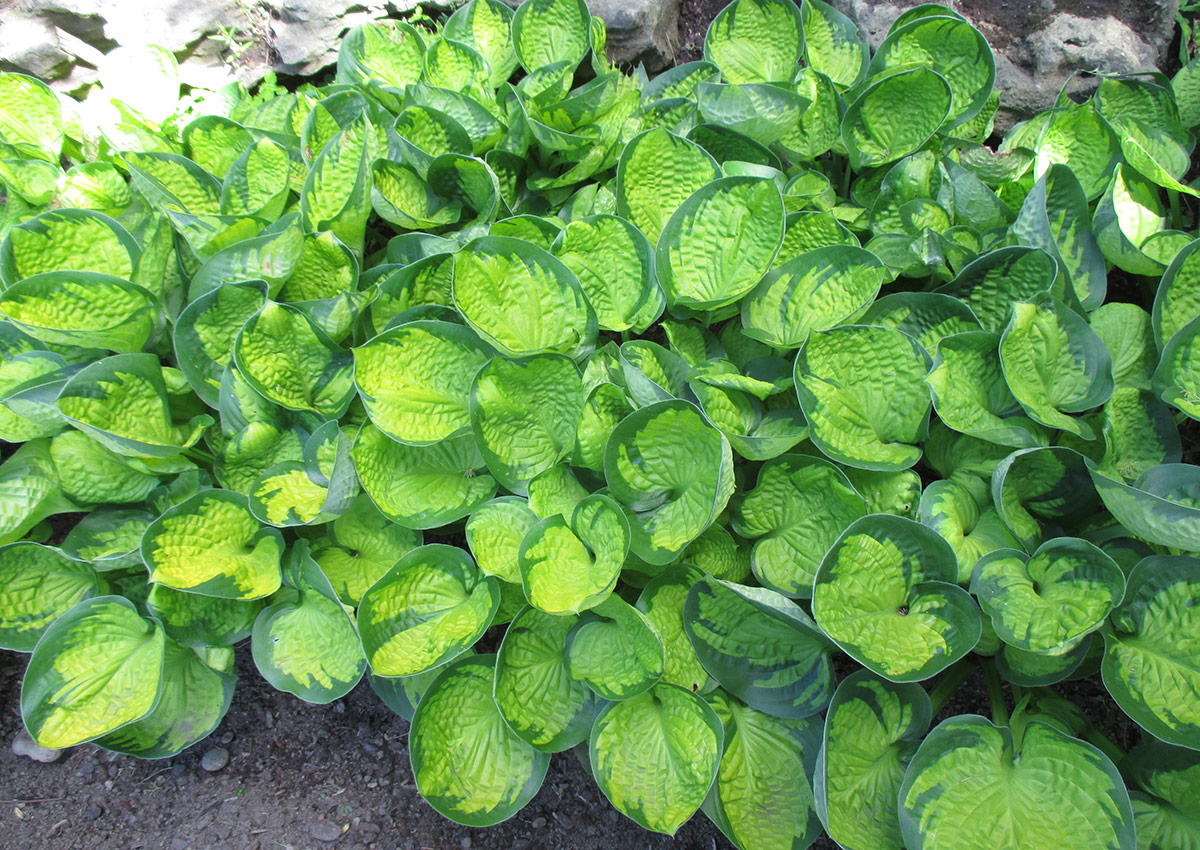
4. ‘Rainforest Sunrise’ hosta provides interesting foliage in a compact form
I’m a huge fan of hostas (Hosta spp. and cvs., Zones 3–9) and simply am noting here one of thousands of available varieties. ‘Rainforest Sunrise’ (Hosta ‘Rainforest Sunrise’) is a small selection that reaches 8 inches tall and features wonderful golden leaves with dark green edging. While hostas do have some challenges with insects, diseases, and browsing from rabbits and deer, they’re very easy to grow and are amazingly versatile. Consistently moist soil (not soggy) in partial shade is ideal, but hostas really aren’t overly needy. Consider the wide range of varieties that feature amazing leaf colors and patterns, colorful petioles, fragrant flowers, and undisputed texture. Join your local hosta society to learn more about hostas and the excitement they garner.
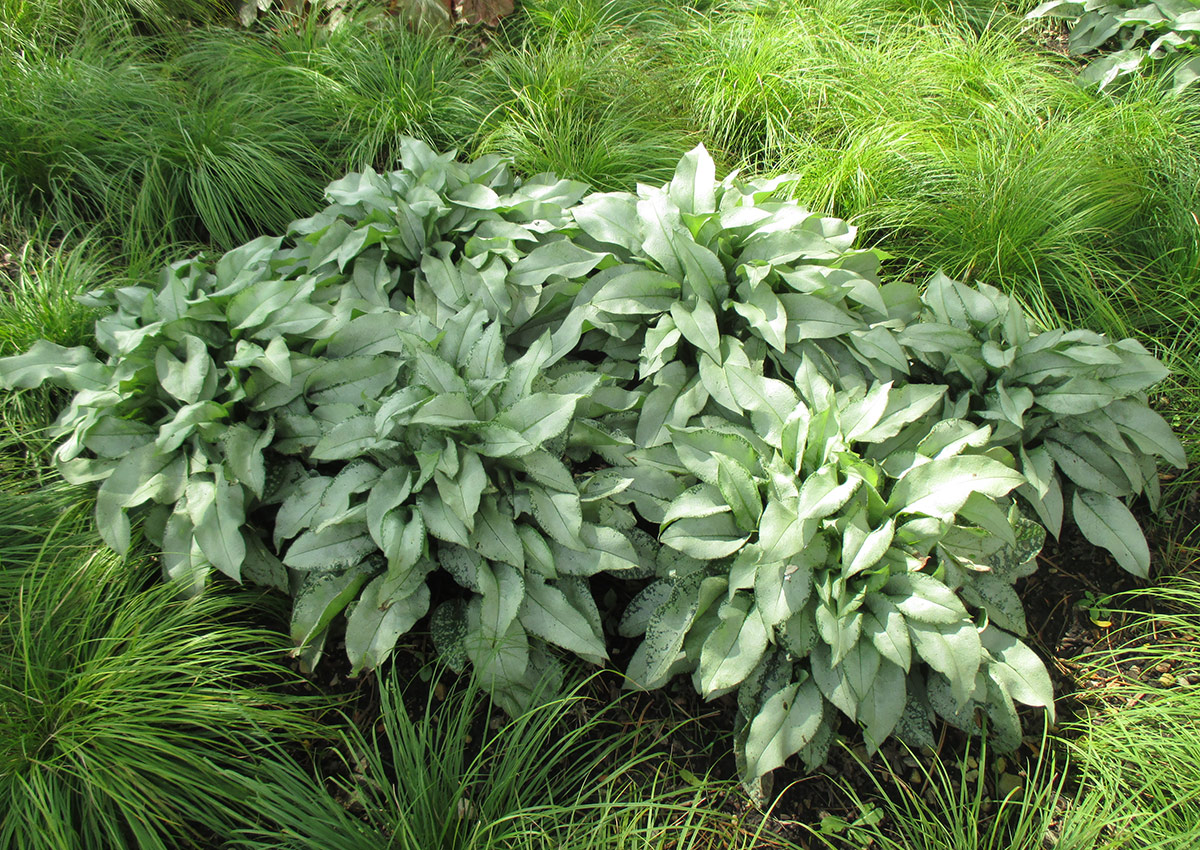
5. ‘Diana Clare’ pulmonaria sports illuminating silver foliage for the shade garden
Pulmonarias, or lungworts (Pulmonaria spp. and cvs., Zones 3–8), are known for their early spring flowers (shades of blue, pink, and white), although their colorful foliage, which displays variable amounts of silvering, really steals the show for the length of the growing season. The 10- to 12-inch-tall selection ‘Diana Clare’ (Pulmonaria ‘Diana Clare’) features a heavy degree of silvering and blue spring flowers that really illuminate the garden. This mounding, low-maintenance perennial is heat and drought tolerant and amazingly deer resistant. It prefers decent soil that is well drained in full to partial shade.
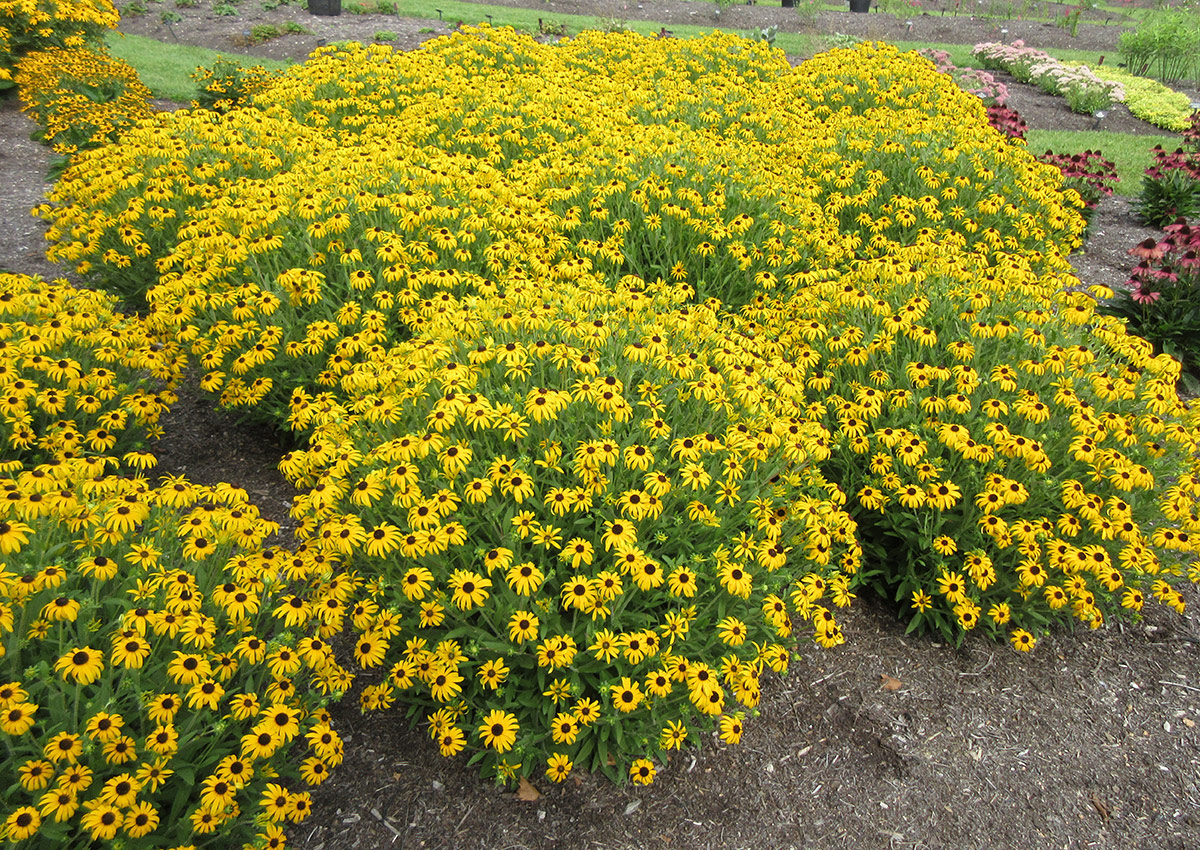
6. ‘American Gold Rush’ black-eyed Susan serves up late summer blooms on an attractive plant habit
Though relatively new, ‘American Gold Rush’ black-eyed Susan (Rudbeckia ‘American Gold Rush’, Zones 3–9) has won many awards, including the Perennial Plant of the Year (2023) from the Perennial Plant Association. This 26-inch-tall well-formed, perfectly mounded specimen is smothered in golden flowers from mid to late summer and has amazing disease resistance. Multiple trials have verified that this is a top-notch, low-maintenance selection with a very bright future. ‘American Gold Rush’ does prefer full sun located in evenly moist, well-drained soil. Seek this one out!
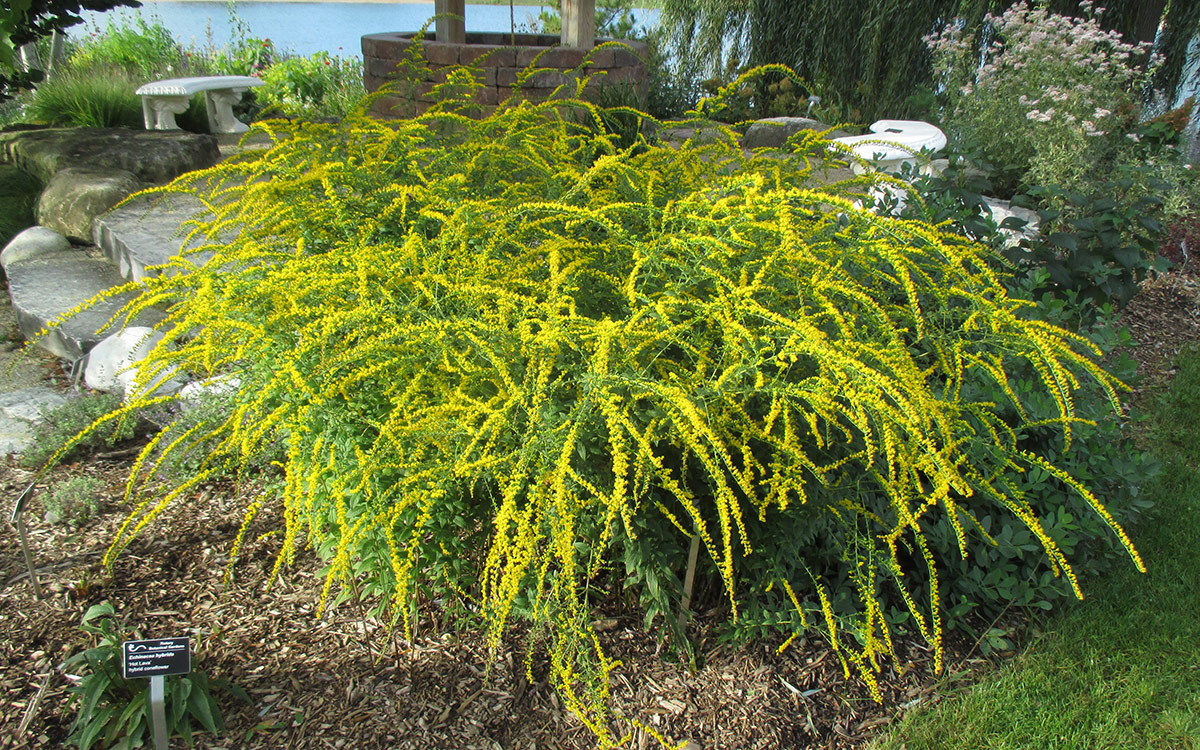
7. ‘Fireworks’ goldenrod is an excellent perennial for mixed borders and big spaces
You’ll need some space for ‘Fireworks’ goldenrod (Solidago rugosa ‘Fireworks’, Zones 4–9), as it not only gets tall but gains width over time, reaching 48 inches tall and wide. The broadly arching stems of this easy-to-grow plant are smothered in yellow flowers in late summer. This spray of color is an attractive sight for pollinators as well. Adaptable to clay, ‘Fireworks’ is rarely bothered by deer or rabbits. Decent soil and regular moisture in full sun is best for this eastern U.S. native that provides an amazing shrub-size presence in the landscape.
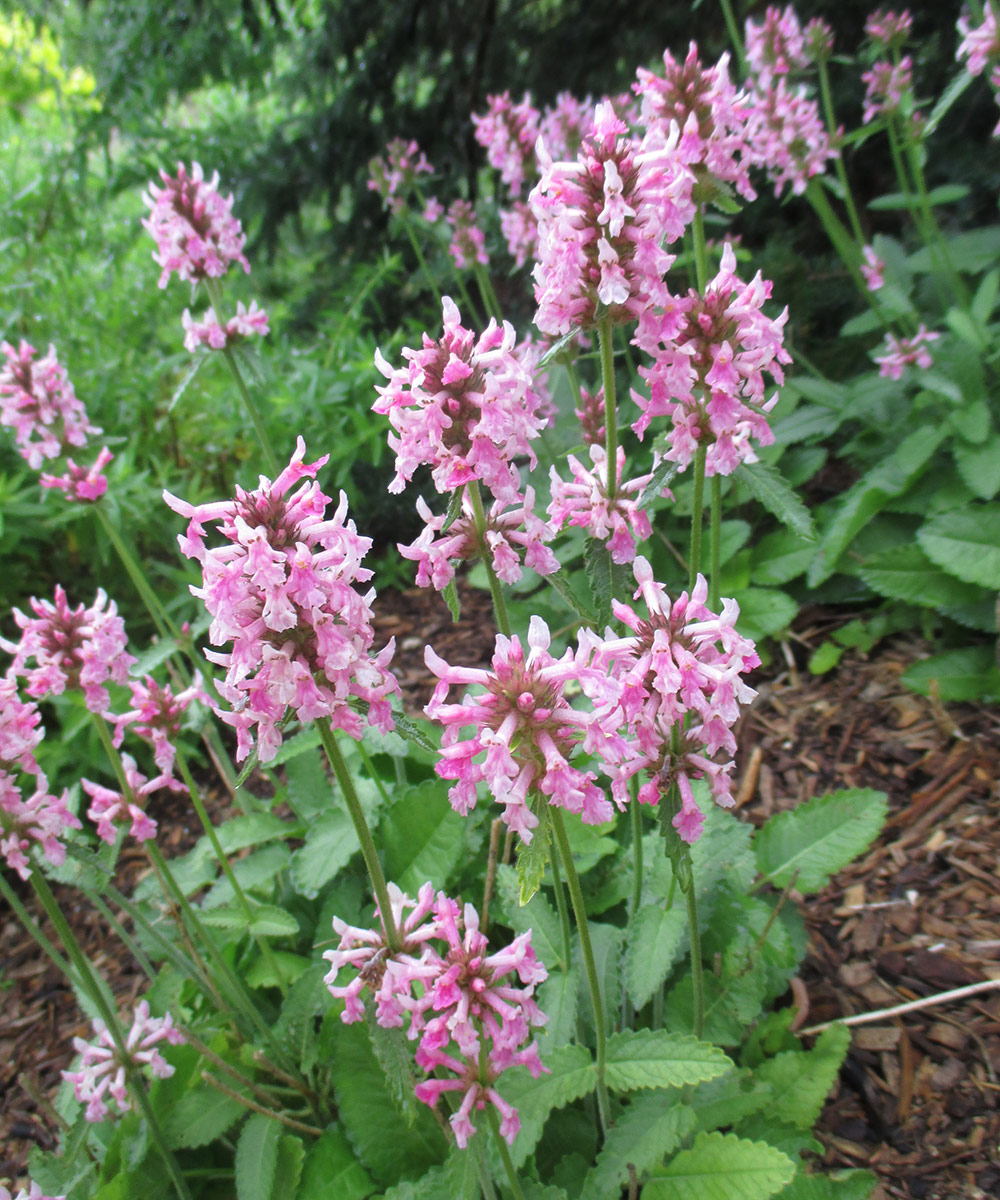
8. ‘Pink Cotton Candy’ wood betony shines with whirls of pink flowers throughout summer
I continue to strongly appreciate wood betony (Stachys officinalis and cvs., Zones 4–8) in general, as it seems to always look good year after year. Among my favorite selections is ‘Pink Cotton Candy’ (Stachys officinalis ‘Pink Cotton Candy’). The dark-green, crinkled foliage is later topped by upright 18- to 24-inch-tall stems that feature whorls of pink flowers throughout summer. Light shade in hotter climates is recommended, although this is certainly a sun-loving plant. With no insect or disease problems, this cultivar (from Richard Hawke at the Chicago Botanic Garden) will not disappoint and always appears robust.
—Mark Dwyer is the garden manager for the Edgerton Hospital Healing Garden in Edgerton, Wisconsin, and he operates Landscape Prescriptions by MD.
[ad_2]
